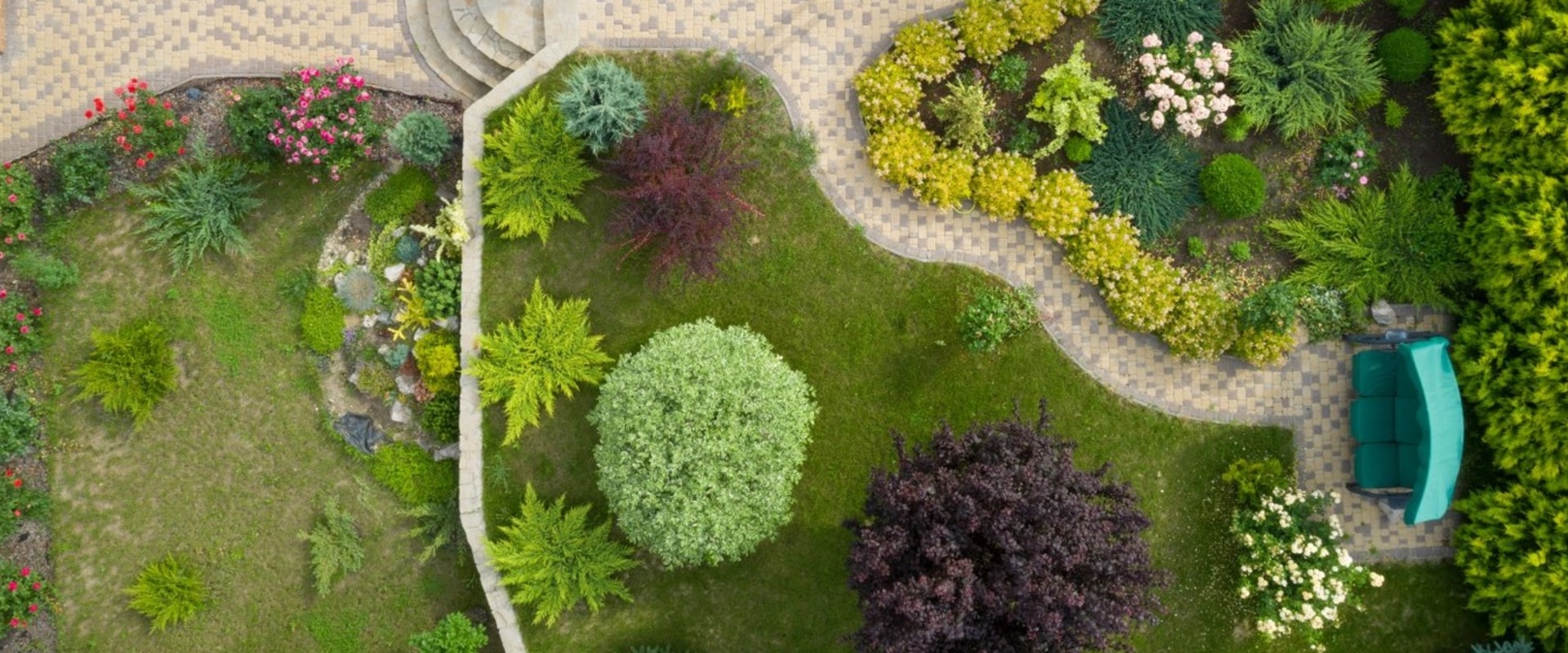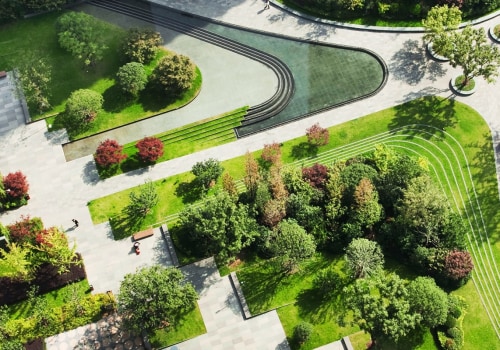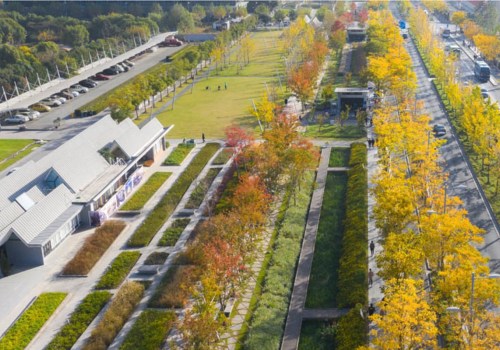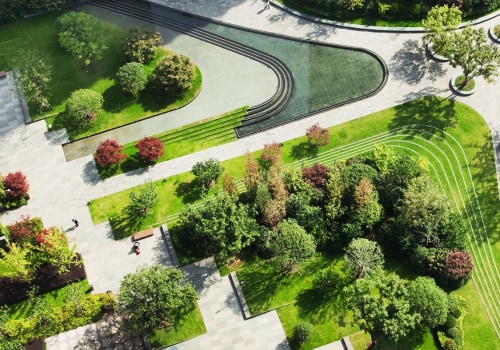Although they are often confused with each other, land designers and architects focus on different areas of their property. A landscape architect has a formal license and can design a plan for the entire yard, including structural changes. A designer focuses on plants and usually has a horticultural background. The main difference between landscape architects and landscape designers is that designers often work on smaller residential projects.
While some landscape designers may have training equivalent to that of a landscape architect, especially if they have a bachelor's degree or higher in landscape architecture, they do not have a state license, which is a requirement. The biggest difference between a landscape designer and a landscape architect is the nature of the projects they undertake. A landscaper will work closely with you, focusing on the types of plants you want and the overall aesthetics of your desired space. What about the details, the technical side of a project, such as code requirements, setbacks, and coordination with engineers? What about sites that aren't flat (or even close)? When these things come up in a project, that's the point where most people turn to landscape architects.
These things are part of education and are put to the test when you take licensing exams. But more than that, it can set the limits of what can be achieved in a project or design. Just like those who don't know that plants will never produce an elegant plantation design, those who don't know the details will also be limited and will usually limit their project as they move you away from areas where they have less knowledge and bring you back to your comfort zone. Some landscapers are self-taught, but most have taken courses at a university, through an extension or certificate program, or online.
In short, a landscape architect understands how a project is built in addition to thinking about what is built. Residential designers and architects complete many of the same tasks, but there are subtle differences between the two. They need to consider environmental regulations, customer needs, geographical variables, and existing structures when working on their designs. From there, they will make suggestions for another contractor or landscaping professional to do the physical work, which could include excavating an existing garden and hard landscape, building patios and terraces, and installing plants.
Landscape architects often collaborate with engineers, architects, surveyors, community planners, and other professionals. To practice legally, a landscape architect must have a bachelor's or master's degree in Landscape Architecture. Depending on how the designer works, they could visit the local nurseries with you, make suggestions or help you purchase materials and furniture, and do the actual placement of the plants. They also design and plan the restoration of natural sites disturbed by humans, such as wetlands, stream corridors, mined areas, and wooded lands.
Licensed landscape architects plan and design outdoor public spaces, such as parks, campuses, gardens, cemeteries, shopping malls, resorts, transportation facilities, and waterfront developments. A landscape designer offers plenty of one-on-one time to talk about specific plants and which ones might work best for your space. In addition, the American Society of Landscape Architects has a good summary of the reasons to hire a landscape architect. An unlicensed landscaper may be all that is required, but the experience and responsibility of a licensed landscape architect can provide tangible and intangible benefits to the life of the new landscape.
Landscape architects apply their creative talents to design plans for places such as school campuses or parks. Usually, the designer will introduce himself to your house, look at the yard, take pictures and ask about preferences in plants, garden maintenance, budget, etc.





Leave Reply